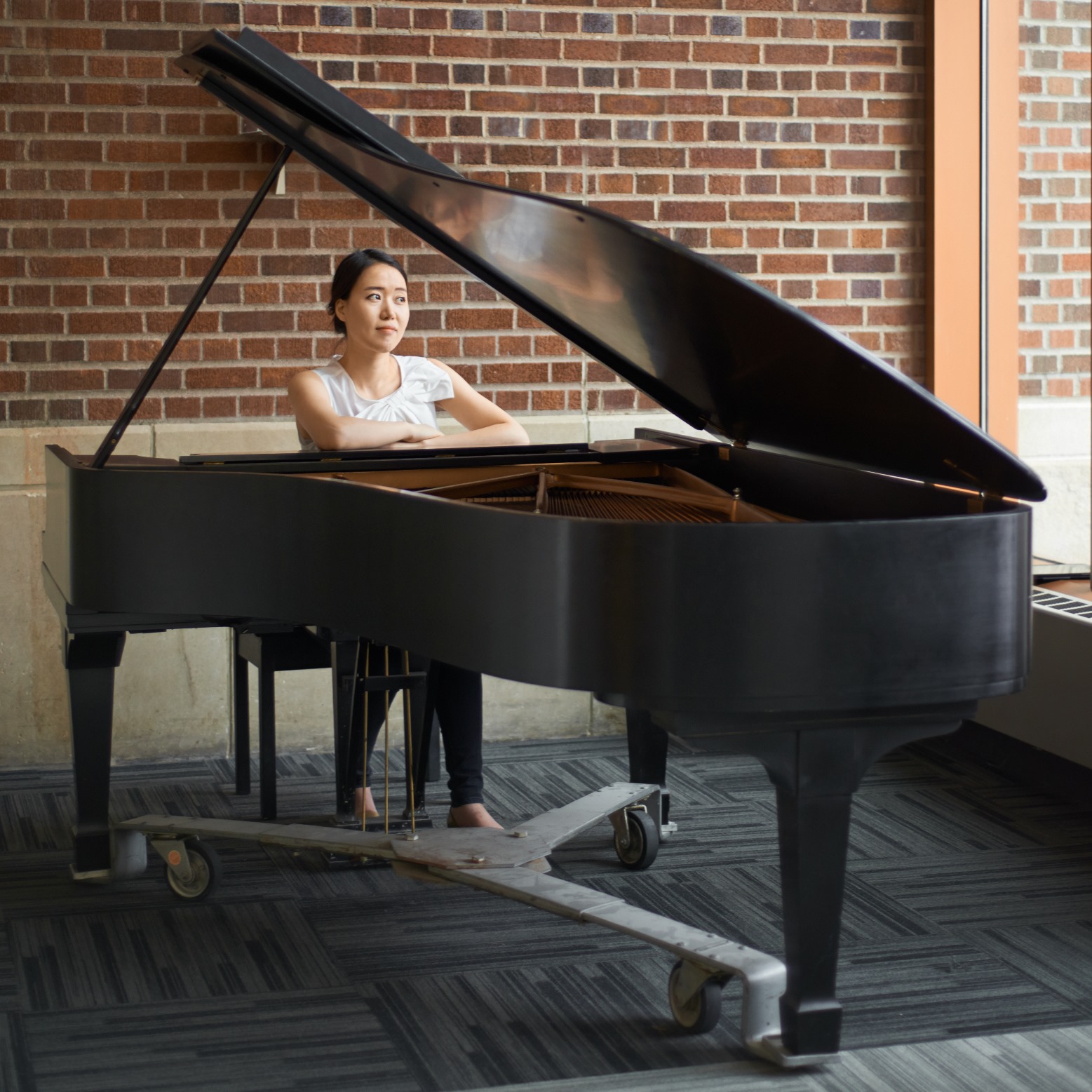There’s something extraordinary about the quiet presence of a piano in a home. Even when no one is playing, it holds the weight of melodies once shared, lessons once learned, and moments that linger in memory. Whether it’s an antique upright passed down through generations or a concert grand that commands attention, a piano carries more than music, it carries stories. When the time comes to move it, those stories deserve care. That’s where a trusted piano moving company becomes essential, ensuring that this beloved instrument is transported safely, precisely, and with the respect it deserves.
The Piano: More Than Just an Instrument
Every piano has a personality. Some stand elegantly polished, waiting in living rooms like old friends; others bear tiny marks of childhood, small dents from years of learning and laughter. Beyond their beauty and sound, pianos are deeply personal. They represent hours of dedication, patience, and passion. That’s why moving one is never a simple task.
A piano isn’t built like ordinary furniture. Inside its elegant wooden frame live hundreds of moving parts, strings, hammers, and pins, all finely tuned to produce a sound unlike anything else. A single misstep can throw off its balance or damage delicate mechanisms. It’s a craft of art and engineering, and that blend of complexity makes every move a challenge that calls for more than just muscle.
Why Expertise Matters
It’s easy to underestimate how difficult it is to move a piano until the job begins. Their weight isn’t distributed evenly. Much of it rests on delicate legs or sits close to the keyboard area, which makes every lift and turn critical. Attempting to move one without the right knowledge can quickly lead to damage, not only to the instrument but also to floors, walls, or staircases.
Professional movers understand every nuance of the process. They use specialized tools, dollies, straps, ramps, and protective padding to navigate tight corners and doorways safely. But their greatest tool is experience. Knowing exactly how to tilt, lift, and balance a piano can be the difference between a smooth transition and a costly accident.
Understanding the Process
Behind what seems like a simple move is a precise series of steps. Before lifting anything, movers inspect the piano and its surroundings. They measure doorways, check flooring, and identify any obstacles that could complicate the path. Next comes the careful disassembly of certain parts, such as legs or pedals on grand pianos, which are packed and labeled separately to prevent damage.
Once secured, the piano is wrapped in thick padding and shrink wrap to protect its finish. For longer distances, it may be placed in a custom-built crate or secured inside a climate-controlled vehicle. Throughout the process, constant communication and attention ensure every component remains safe.
Reassembly is handled with the same precision. Once in its new location, the piano is carefully unwrapped, reconstructed, and placed exactly where it belongs. The final touch often involves tuning, since even the smoothest relocation can subtly affect sound. In the hands of professionals, the instrument not only arrives safely but is restored to full harmony.
Grand Pianos, Grand Challenges
Moving a grand piano is a test of patience and skill. Its elegant shape, large lid, and long strings make it one of the most intricate instruments to handle. Each part must be supported correctly, particularly the delicate legs and lyre that bear much of the structure’s weight.
The lid is usually removed and protected separately, while the body is carefully lifted onto a piano board and strapped securely for transport. These are not quick or easy steps, but they’re necessary to protect the craftsmanship that makes these instruments so exceptional. Movers who specialize in pianos understand that speed is never the goal, control and precision are.
When Experience Meets Respect
Some movers specialize exclusively in pianos, dedicating years to mastering the art of handling them. These experts can move a concert grand through a crowded concert hall or an antique upright down a narrow staircase without a single scuff. It’s an expertise built through repetition, observation, and genuine passion for the craft.
Setting the Stage in Its New Home
Once a piano reaches its new space, there’s more to do than just set it down. Placement matters. Factors like sunlight, temperature, and humidity can affect its long-term health. Movers can offer advice on where to position it for both aesthetics and preservation, avoiding direct heat or moisture.
For those who have moved between floors or locations with different climates, it’s often wise to schedule a professional tuning within a few weeks. This allows the instrument to adjust naturally before fine-tuning its sound. With that final step complete, the piano once again becomes the centerpiece of the room, ready to bring life to the space with the press of a single key.
A Move Worth Remembering
A reliable moving team doesn’t just deliver an instrument; they deliver peace of mind. They understand that when people look at their piano, they don’t see weight or wood, they see memories. And that’s what makes every move an art form of its own.
